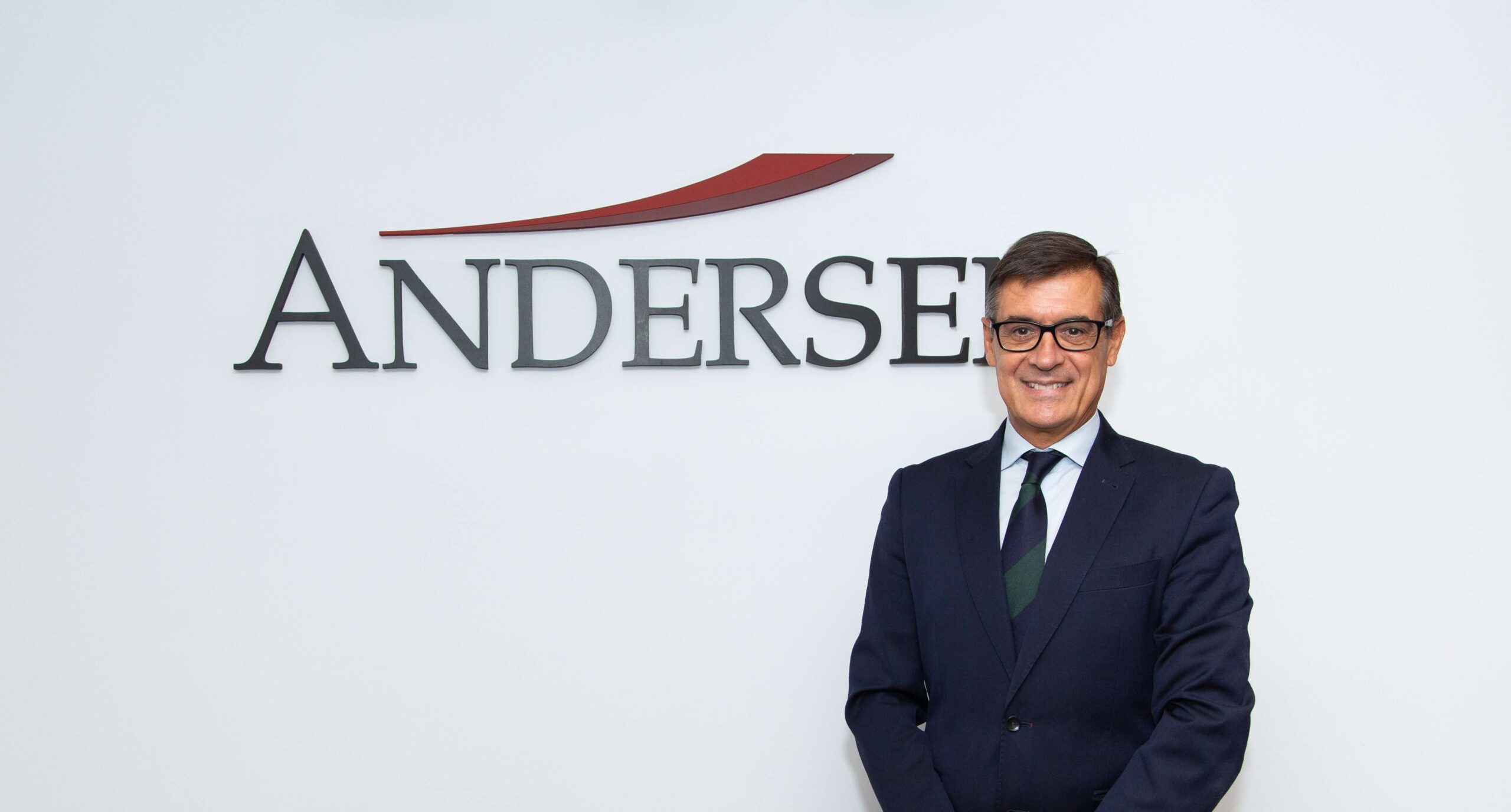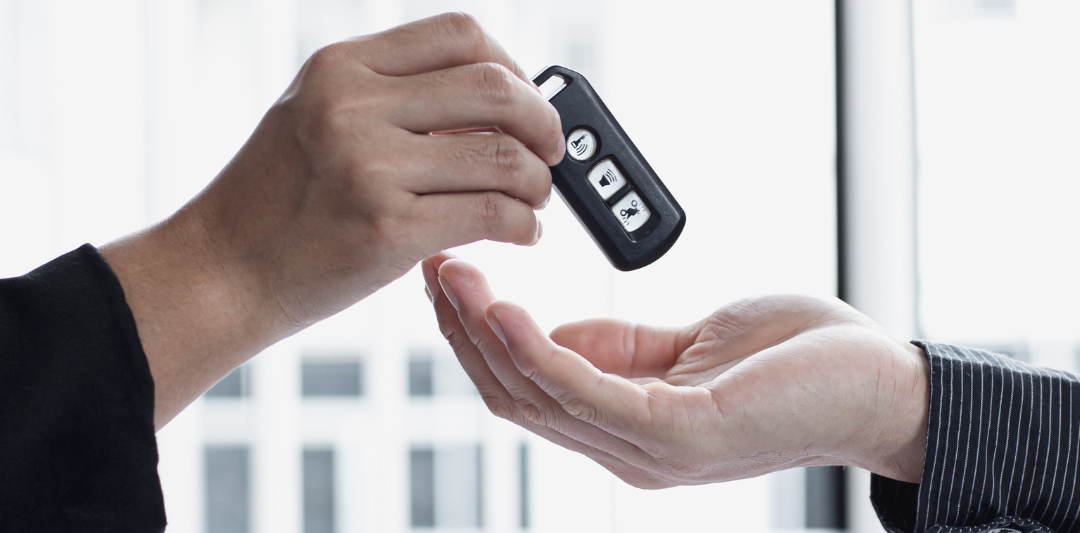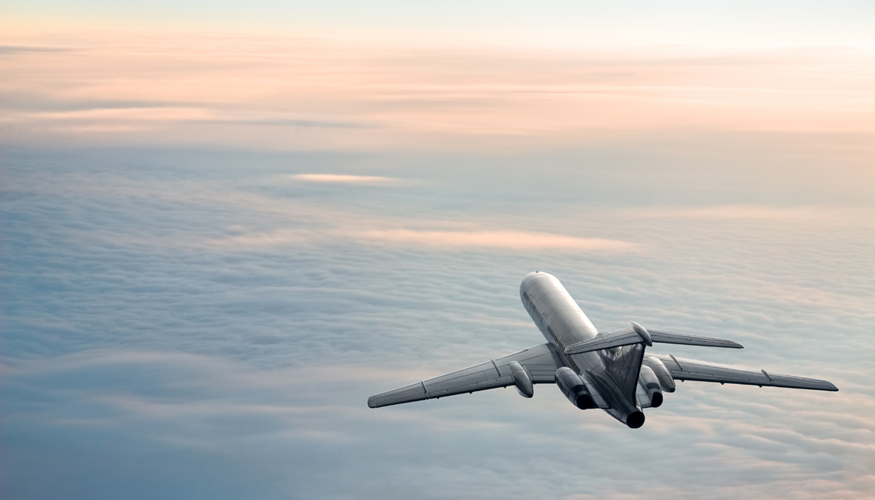The consulting and professional services firm BRAINTRUST, a leader in the tourism sector, has issued a new industry analysis, in this case on the travel spending of Spanish tourists thanks to a new wave of its Tourism Barometer, where they detect a great evolution of the channels used in a post-pandemic era.
Thus, BRAINTRUST highlights the acceleration of digital channels, which are becoming more relevant after COVID 19, although it is important to analyze the type of consumer who uses each channel, knowing that there are no mono-channel travelers, since they use them in parallel according to the phase of inspiration, planning, purchase, enjoyment, or sharing of experiences.
Digital channel wins over face-to-face channel
BRAINTRUST takes a closer look at Spanish travel spending, analyzing the changes demonstrated by consumers after the end of the COVID 19 crisis.
In terms of the way in which Spaniards consume their travel, the consultancy firm highlights that the digital channel is already dominant in the present, in view of the silent revolution that the pandemic has caused in society.
Thus, trips booked directly with suppliers via web or app, would stand at 35.5%, increasing 3.4 points compared to 2019.
Travel consumed through digital channels in the intermediation sector now accounts for 22.2%, an increase of 1.9%, while other specialized websites or apps from other providers account for 10.4%, an increase of 1.3%.
Meanwhile, face-to-face channels lag behind with 9.3% of the occasions used directly with the end borrower, or with 16.4% in the case of face-to-face or mail or telephone in the case of physical agencies.
For Ángel García Butragueño, Co-Director of the Tourism Barometer and Director of Tourism at BRAINTRUST: "This data could be reversed somewhat in the short term, as long-haul destinations are opening up, a field dominated by on-site agencies, albeit with little variation according to our forecasts.
The reality in the medium and long term is that this trend will be accentuated as the group of travelers gets younger, and where the new generations are digital natives such as the millennials, or born digital as the Z's.
That is why from BRAINTRUST we encourage all tourism companies to offer multichannel, for a traveler who is already forever omnichannel.
To get stuck in talking about off-line channel and on-line channel is a thing of the past, we will have to express ourselves properly, separate watertight formats will no longer exist".
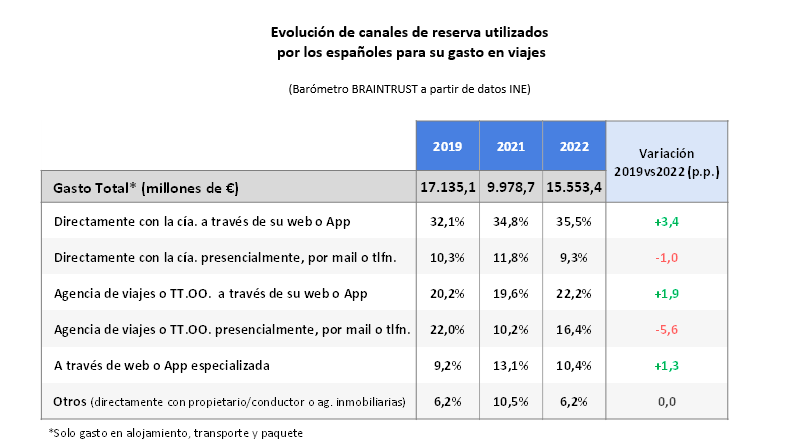
The digital traveler is younger, more educated and with a medium-high income level.
Analyzing the data separately, BRAINTRUST states that there is a very pronounced profile of the digital traveler, which as expected is mostly located in the younger generations, including millennials and Z's.
On the other hand, the digital traveler is also identified with a higher level of education, being characterized by higher educational levels, and on the other hand are located in the upper-middle classes, those who have household incomes above 1,500 euros, aspects that tourism brands should take into account when marketing their products according to their target audience.
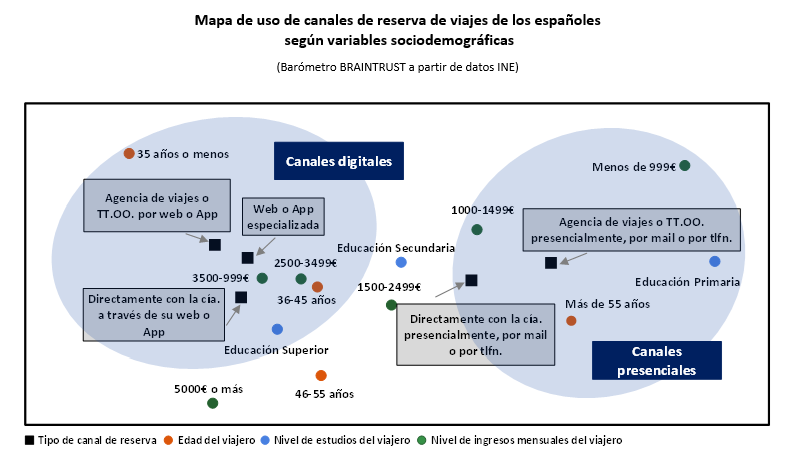
For José Manuel Brell, Partner in charge of the Quantitative Studies and Models practice, and of the Tourism and Leisure Industry at BRAINTRUST: "At BRAINTRUST we have been sharing data on marketing channels with the industry for some time now, analyzing their evolution and defining future strategies for our clients. The path of digitalization is not the future but the present, the pandemic has accelerated the habits and behaviors of society and we cannot ignore that, since targeting the right audience, in the right channel seems critical for tourism companies if they want to survive and succeed in the future. Determining and segmenting customers with classification variables that can aid in more efficient and effective marketing allows companies in the industry to improve their revenues, and reduce their costs, while delivering a better experience and thereby attracting and retaining a greater number of customers".



